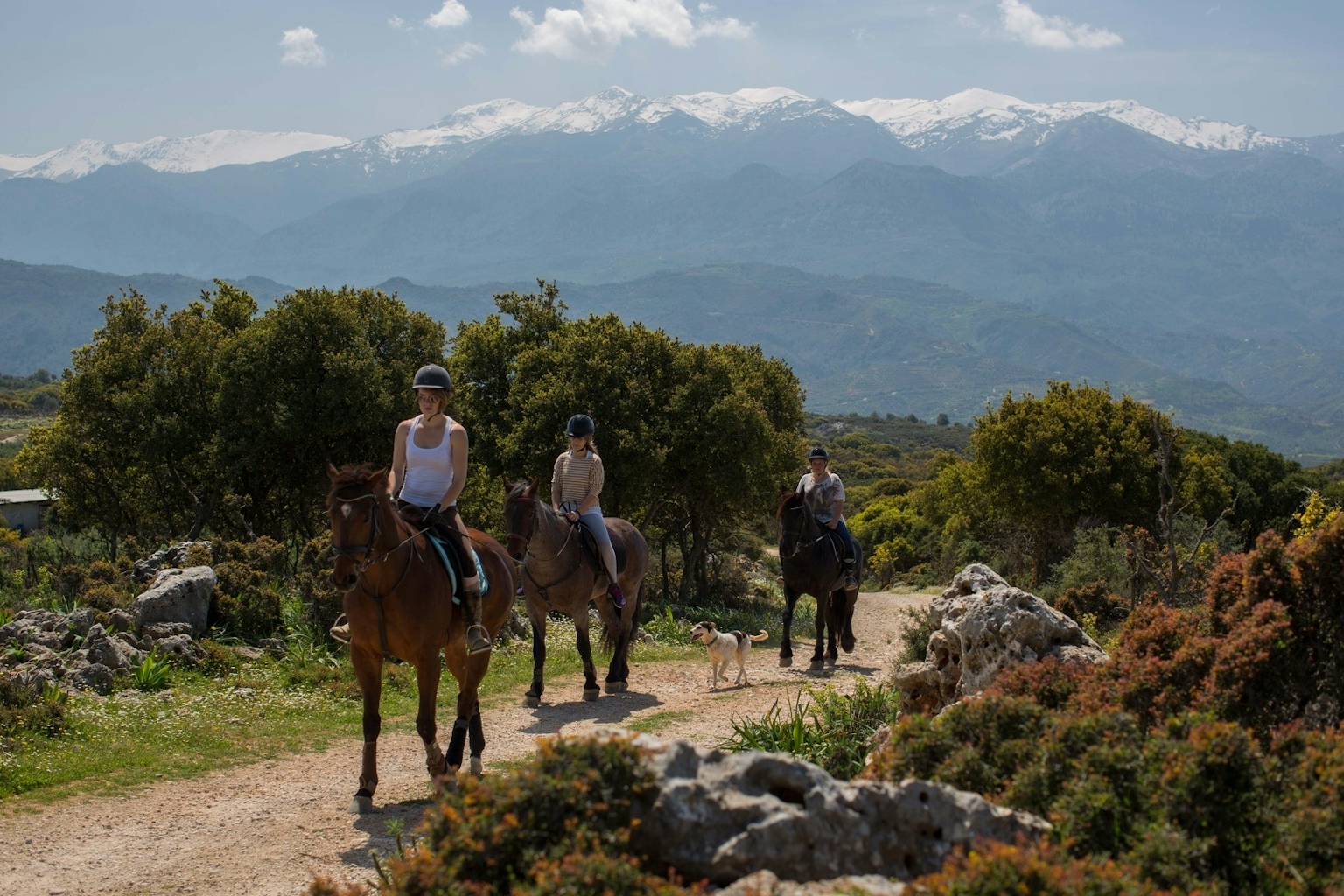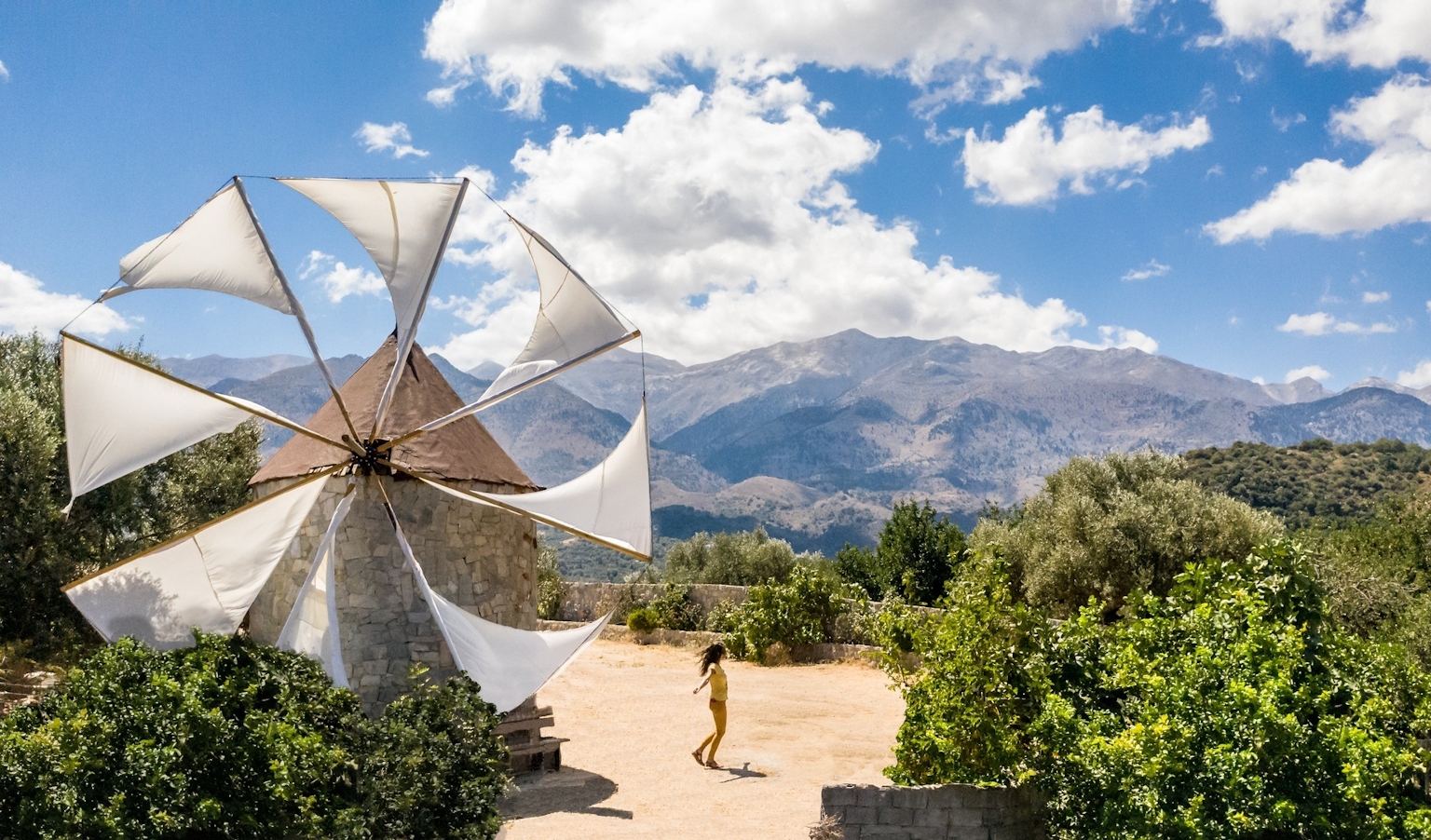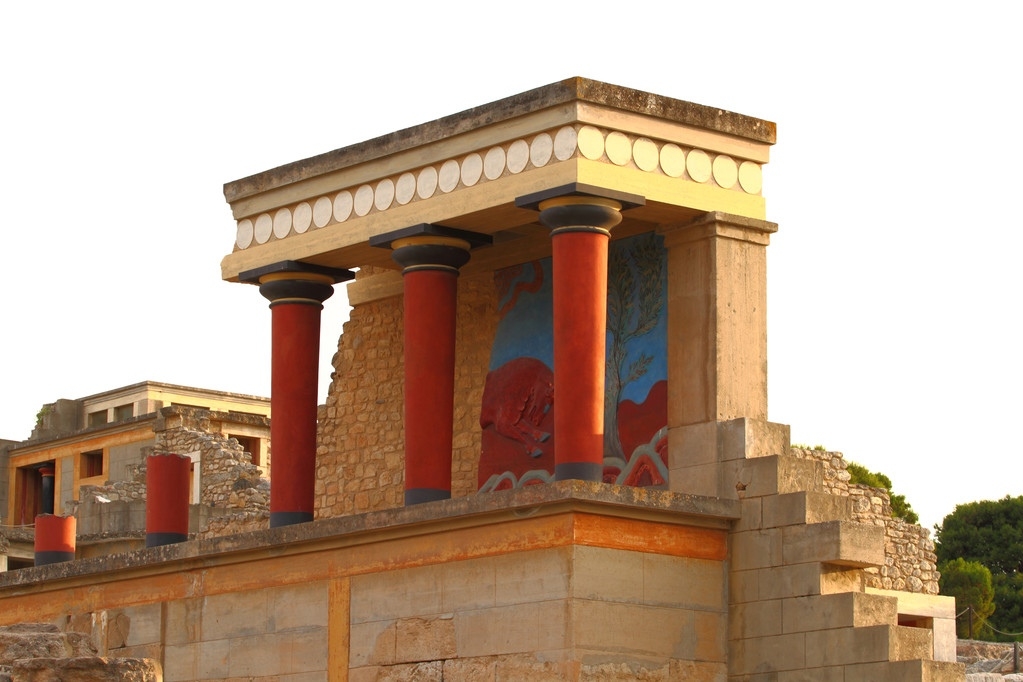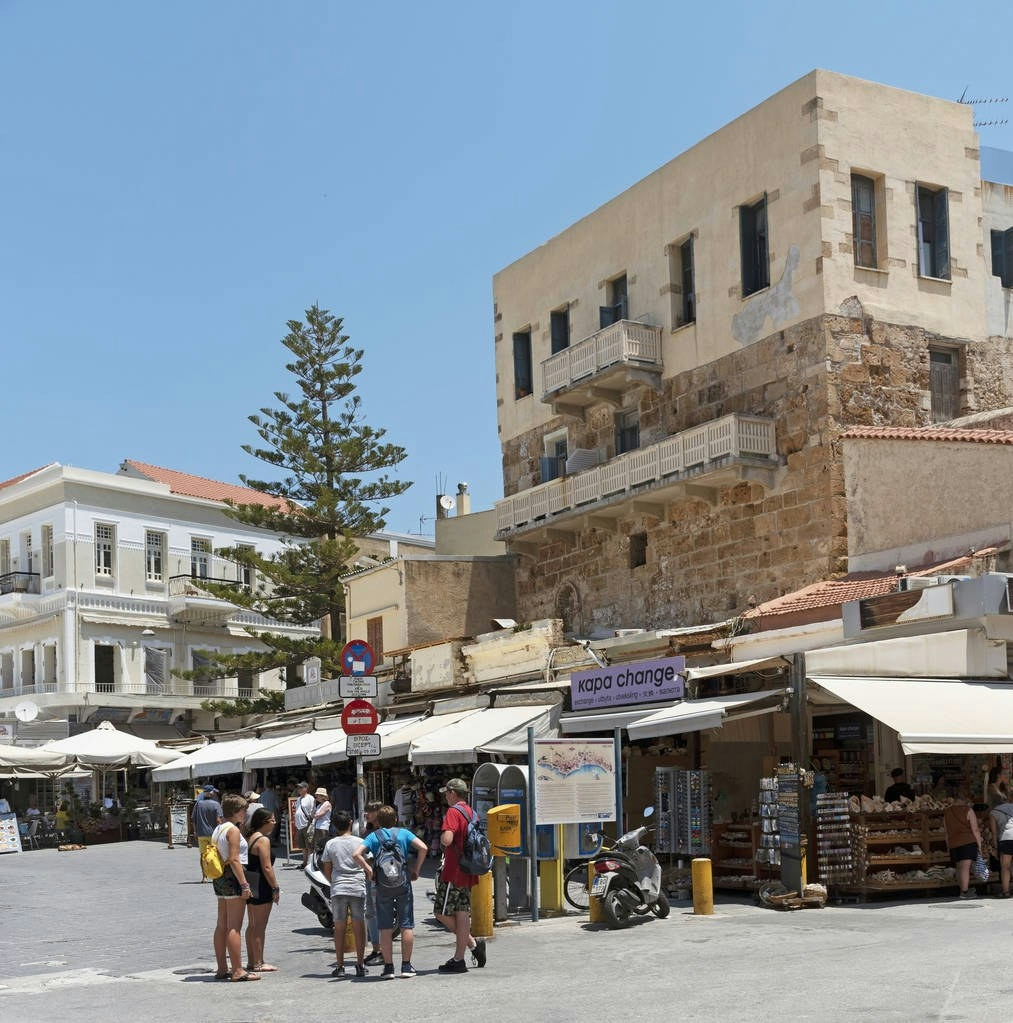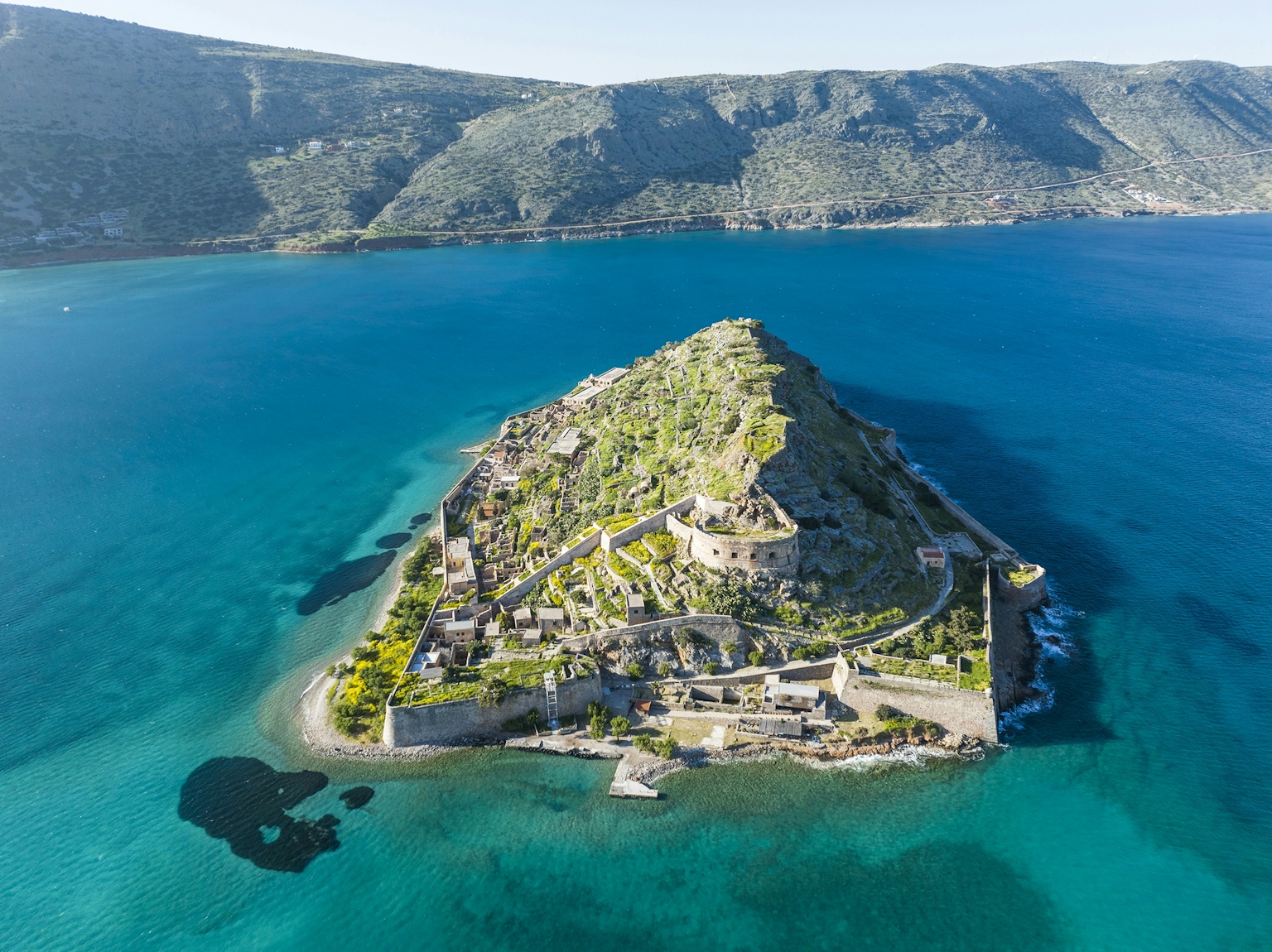Caretta Caretta (Loggerhead Sea Turtle)
Crete holds significant importance as a breeding ground for loggerhead turtles, as hundreds of these turtles lay their eggs on the island's beaches during the summer months.

The loggerhead turtle is a species of sea turtle found all around the world.
On average, loggerhead turtles have a final shell length of approximately 90 cm, although there have been recorded instances of individuals reaching lengths of up to 280 cm. An adult turtle typically weighs around 135 kg, although there are records of individuals exceeding 450 kg in weight. Their skin colour varies from yellow to brown, and their shell is typically reddish-brown. It's worth noting that there are no discernible sexual differences in these turtles until they reach adulthood. The loggerhead turtle has a lifespan of 47 to 67 years and primarily feeds on seaweed, molluscs, and jellyfish.
The loggerhead turtle is afforded strict protection under Greek law, with two organisations in Greece, Archelon and Medasset, dedicated to its conservation. Unfortunately, a significant portion of the loggerhead turtle population faces threats due to the ingestion of plastic bags, which can be mistaken for jellyfish and prove fatal.
Crete holds great significance for the breeding of loggerhead turtles, with hundreds of turtles laying their eggs on the island's beaches during the summer. More specifically, the majority of hatchlings are born on the beaches of Chania, Rethymno, and the bay of Messara.
The loggerhead turtle returns to the shores for nesting purposes only once every 2 to 4 years, typically between May and September. During this period, it lays a clutch of eggs ranging from 20 to 200 on a secluded beach, burying them in the sand. After approximately 2 months, the hatchlings emerge and make their way into the sea, where they remain until adulthood. The challenge arises if the beach where they are born is destroyed, as this impedes their ability to reproduce.
In Crete, specifically, loggerhead turtles nest on all sandy beaches. Therefore, it is important to refrain from using lights, making loud noises, or walking on the beach at night to avoid disturbing them. Additionally, if anyone happens to come across loggerhead turtle eggs, it is crucial to inform Archelon so that they can mark the area to ensure the safety of the eggs and prevent them from being accidentally damaged.
This organisation deploys cages and light barriers to help guide the hatchlings and prevent them from getting disoriented or lost.
The fauna of Crete
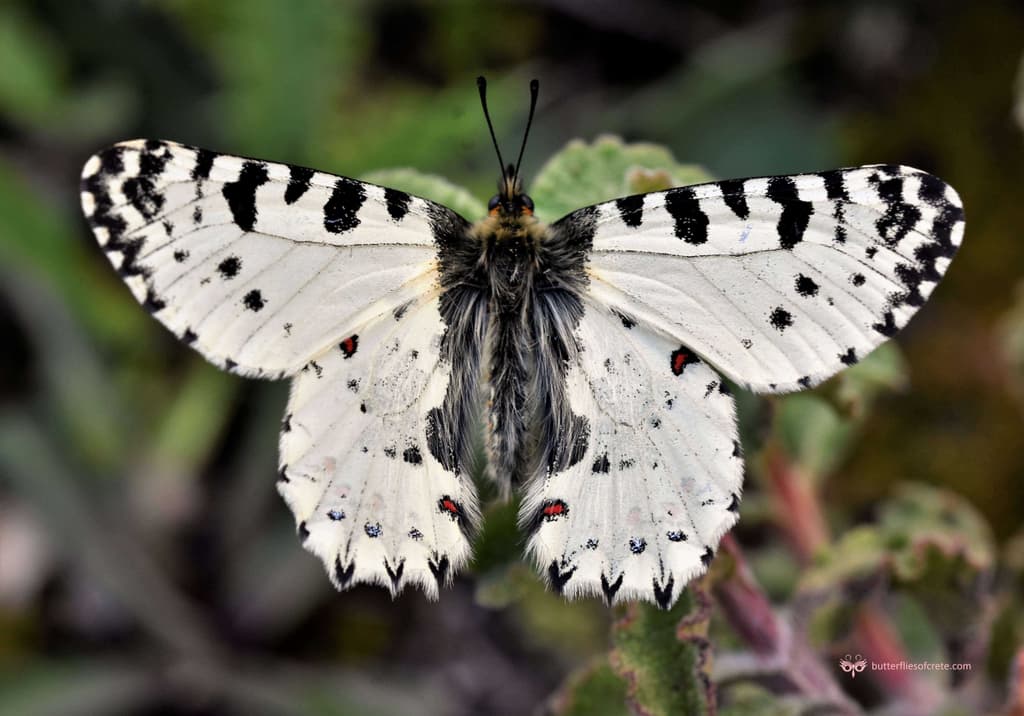
The Cretan endemic butterfly Zerynthia cretica
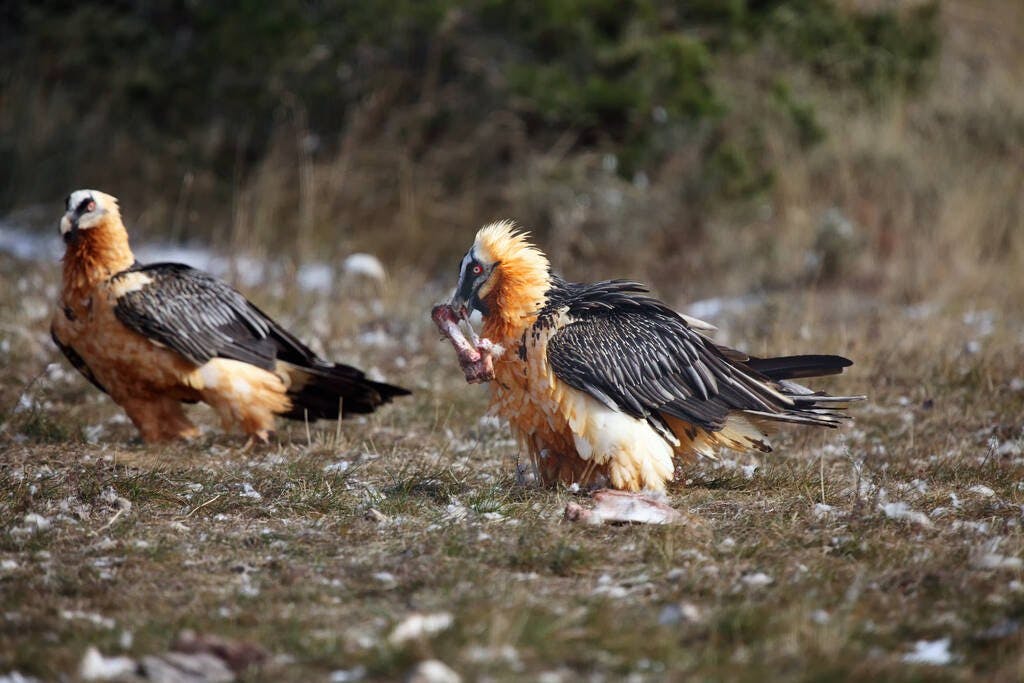
Bearded Vulture (Gypaetus Barbatus)
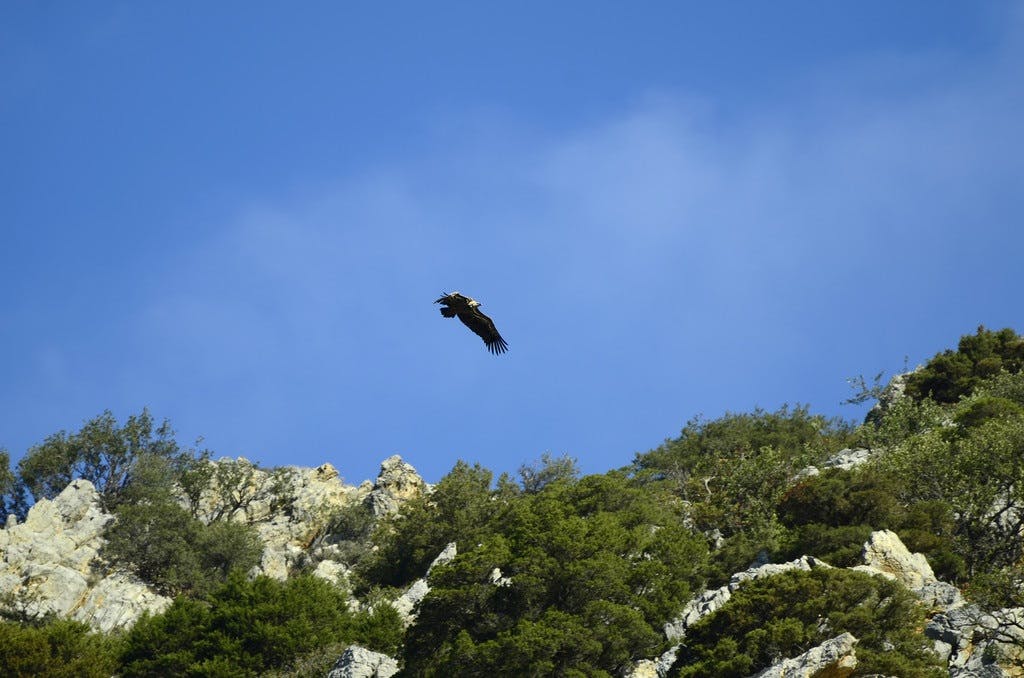
Griffon Vulture (Gyps Fulvus)

Lesser Kestrel (Falco naumanni)
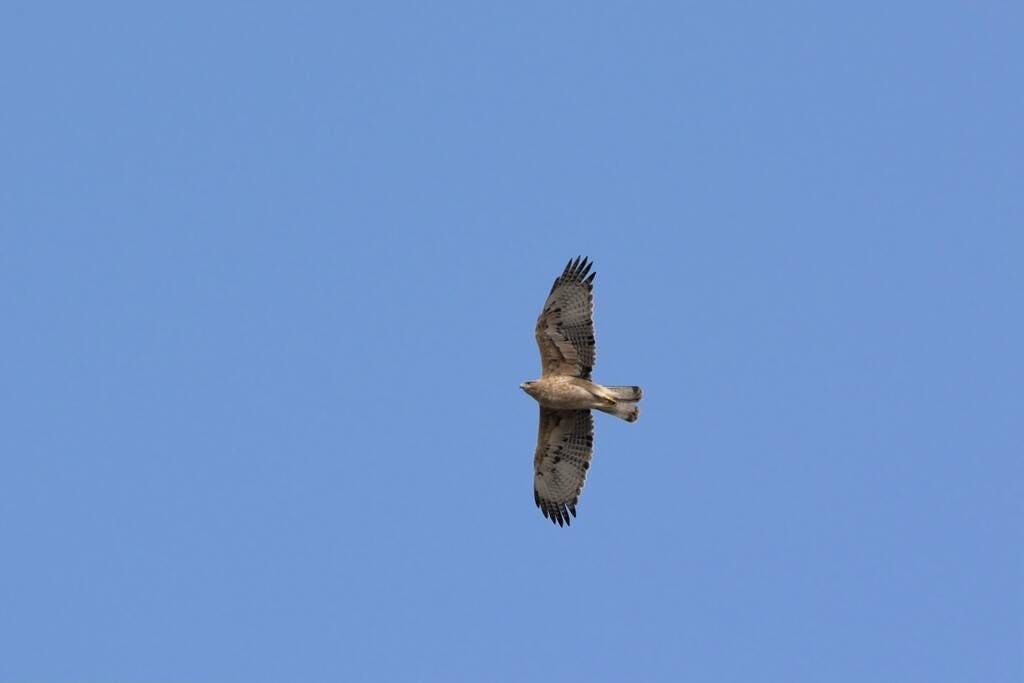
Bonelli's eagle (Aquila fasciata) (Hieraaetus fasciatus)
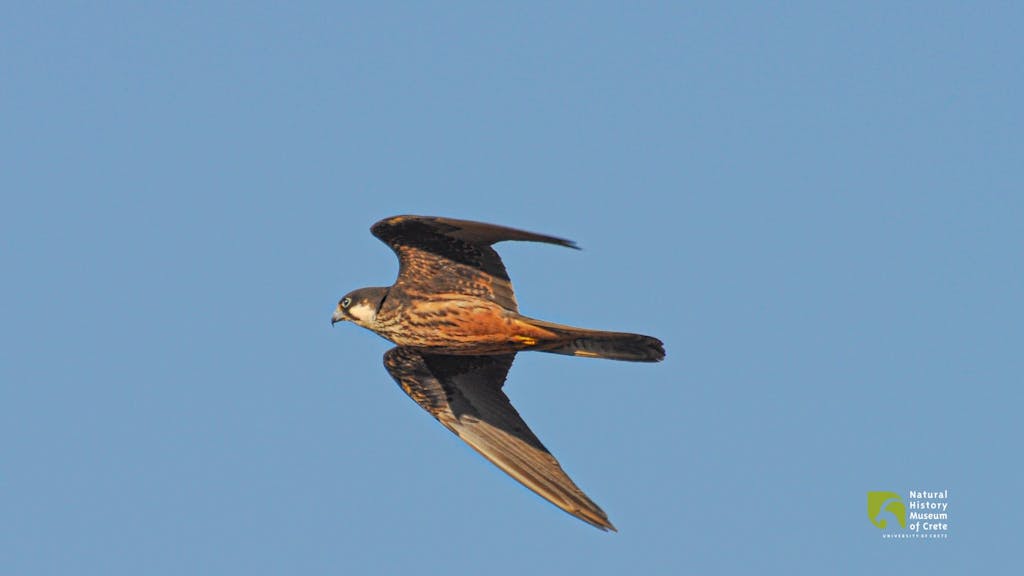
Eleonora's Falcon

The European Rabbit or Coney
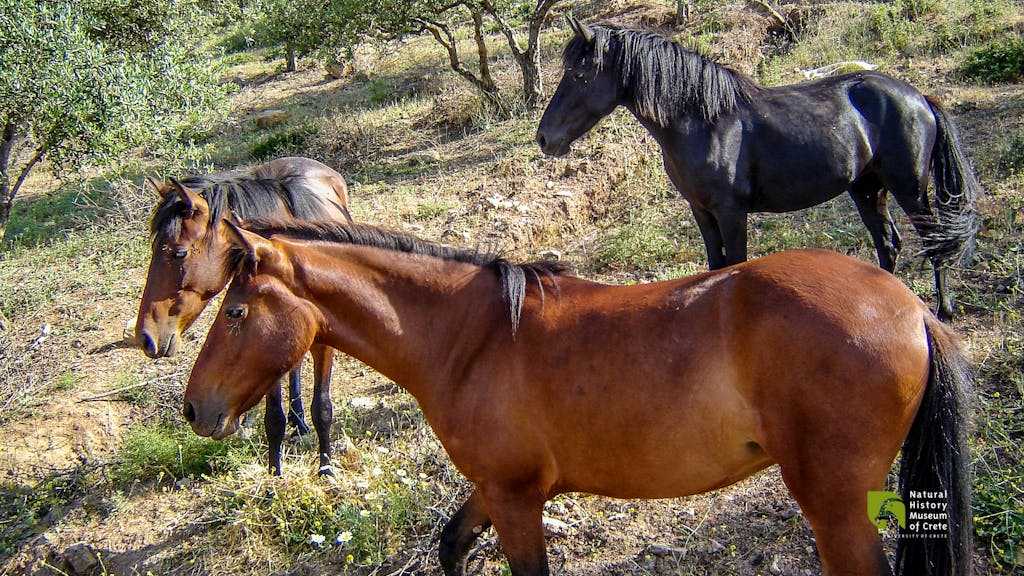
Giorgalidiko: Domestic Horse, North-western European Horse
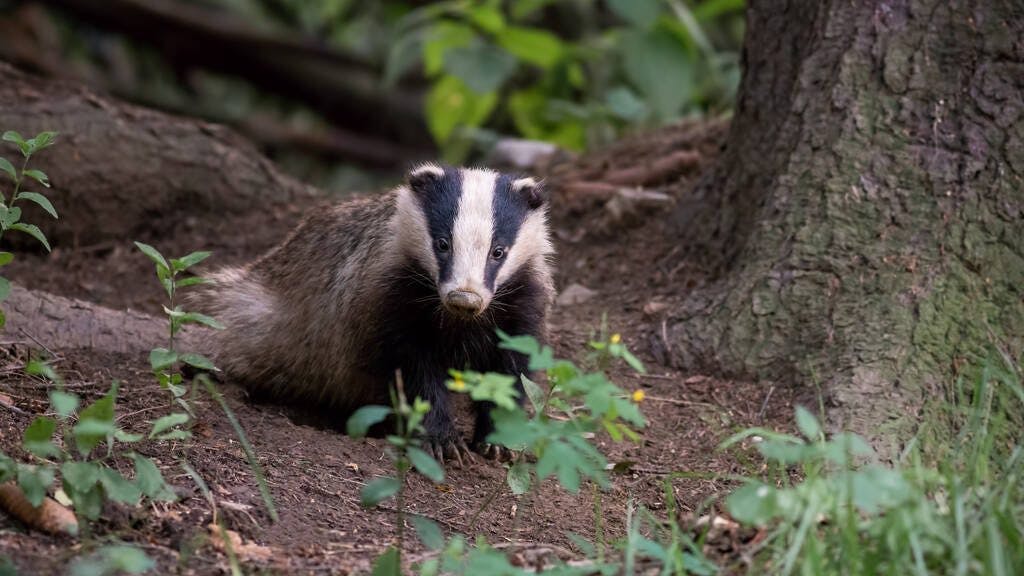
The Cretan Badger
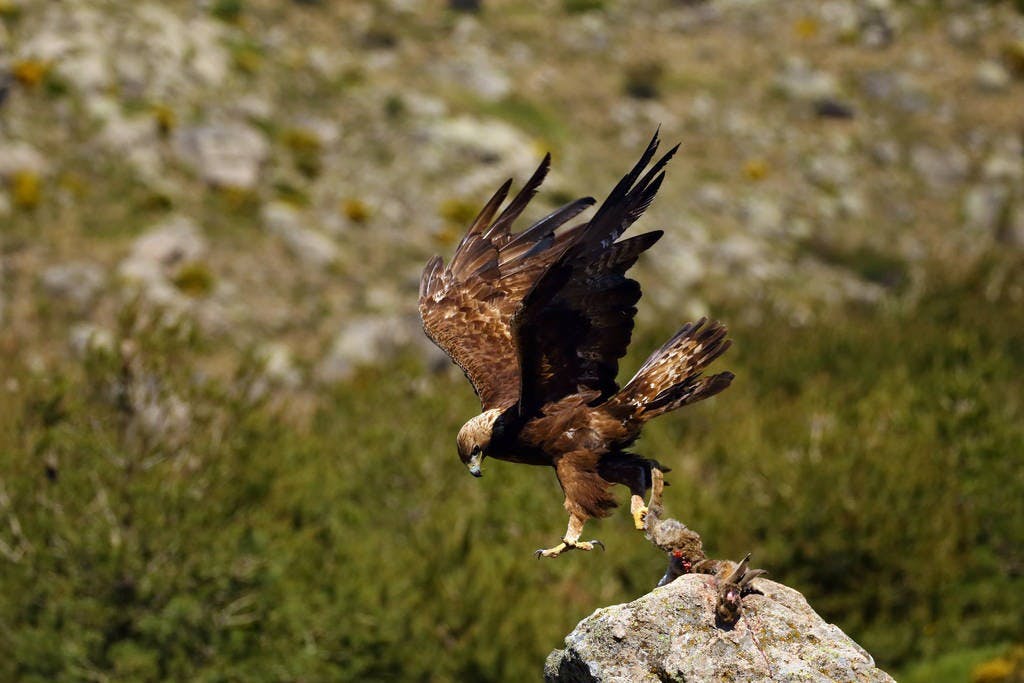
Golden Eagle (Aquila Chrysaetos)
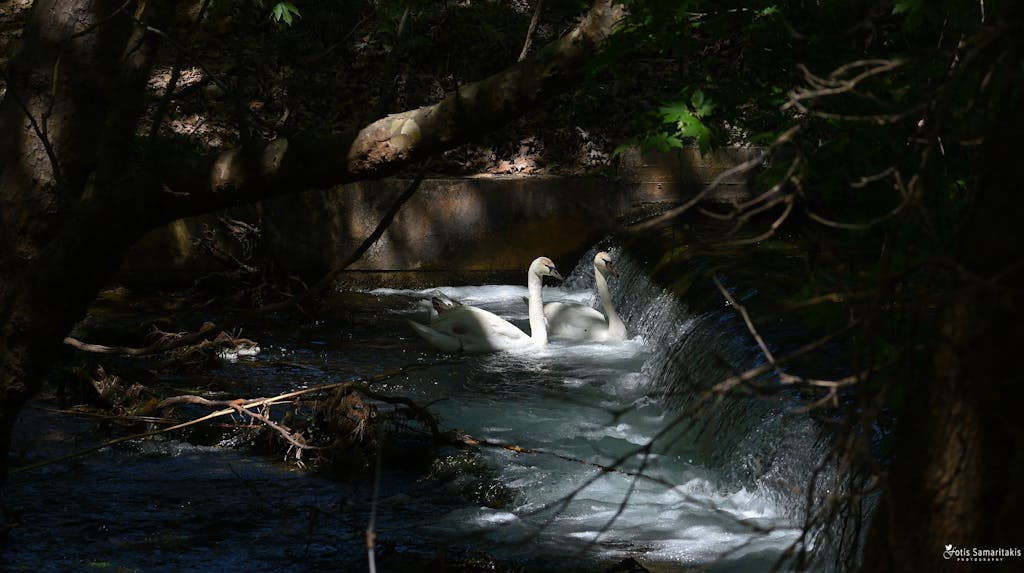
Mute Swan
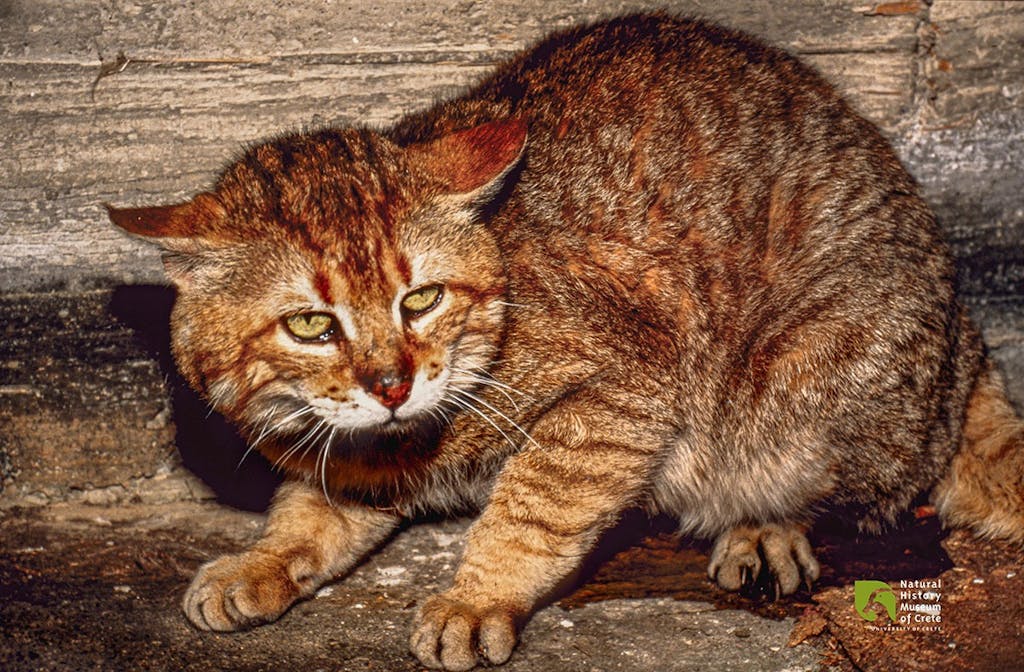
Cretan wildcat
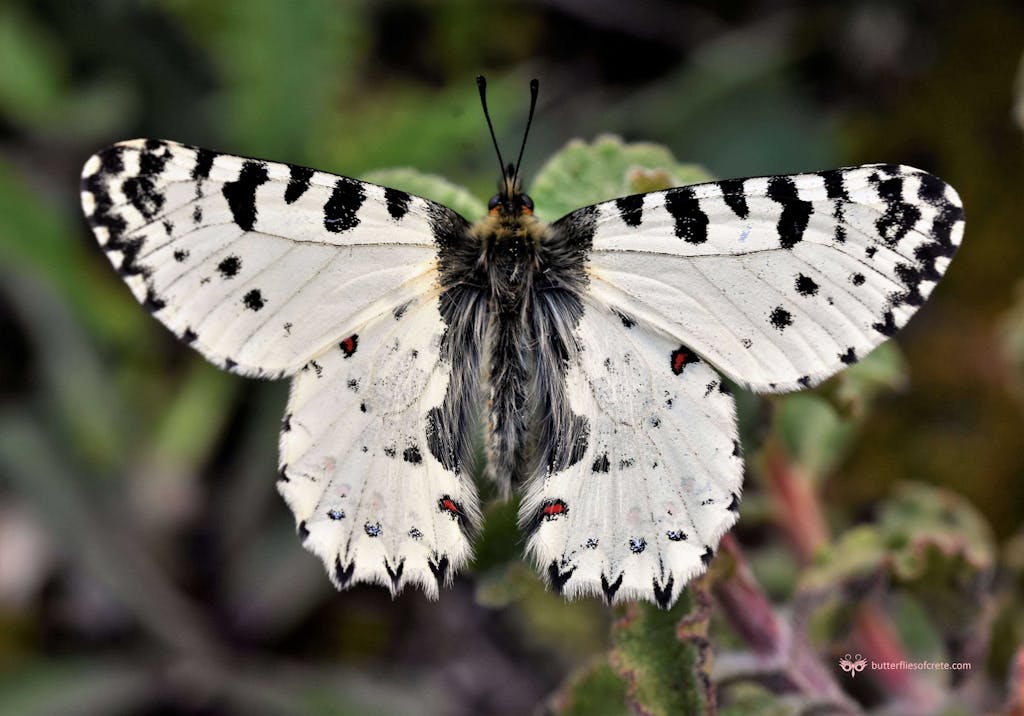
Butterflies and Moths of the island
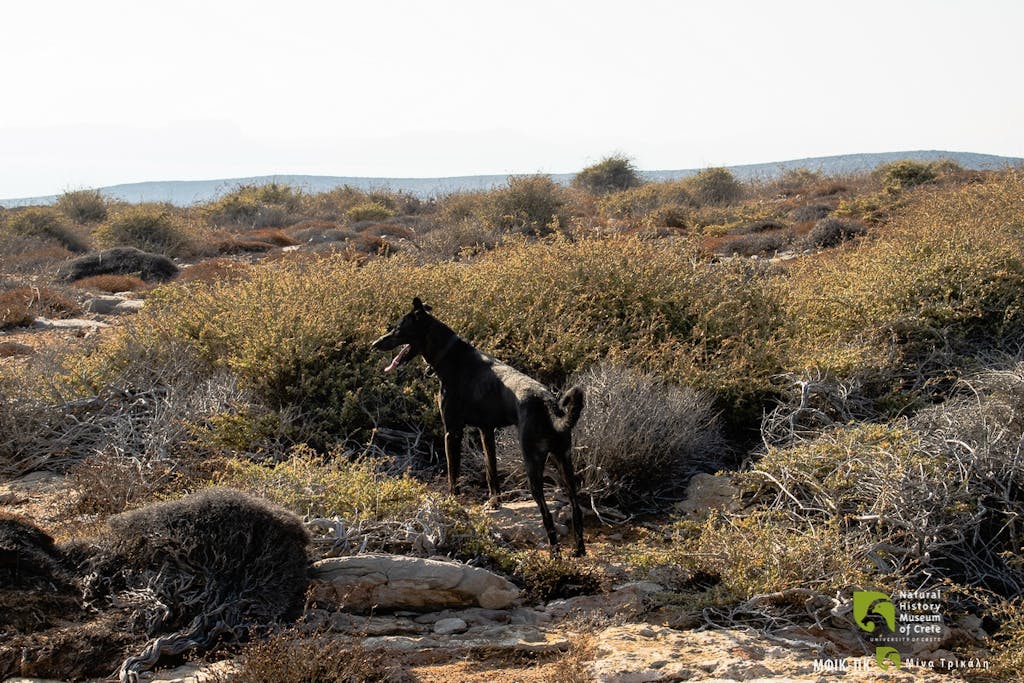
Cretan Tracker: Europe's Oldest Hound, a Gift from Zeus
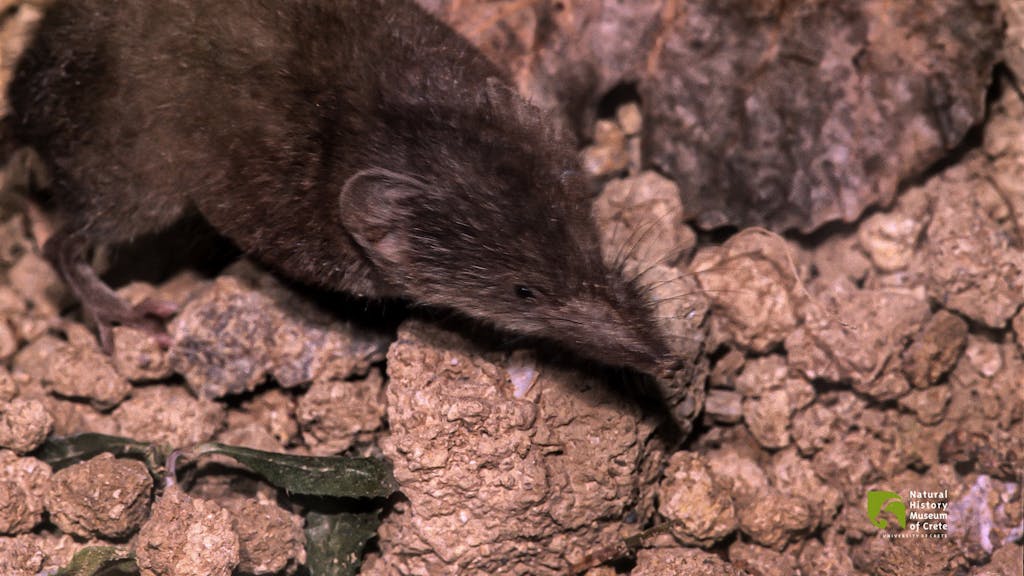
Cretan shrew
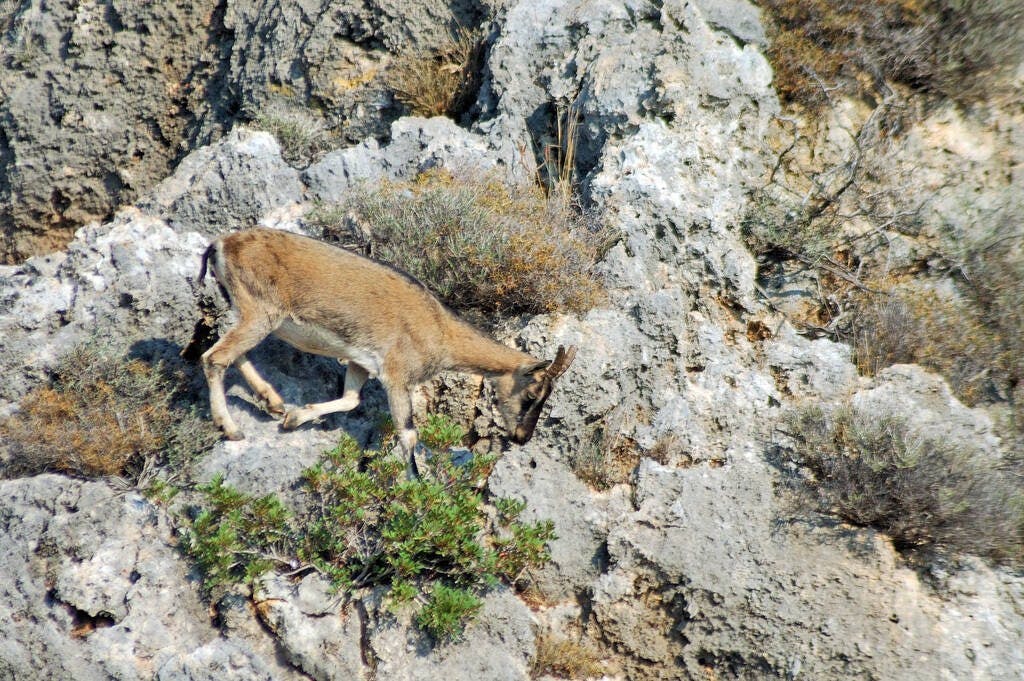
Kri-kri, the Cretan Wild Goat (Capra aegagrus cretica)
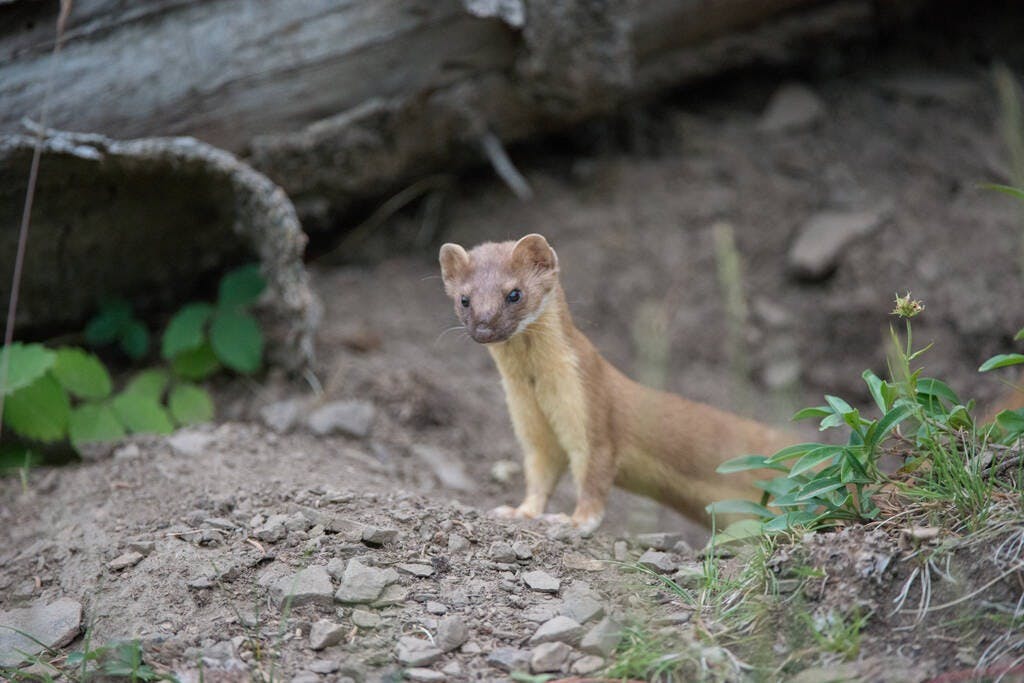
Least Weasel
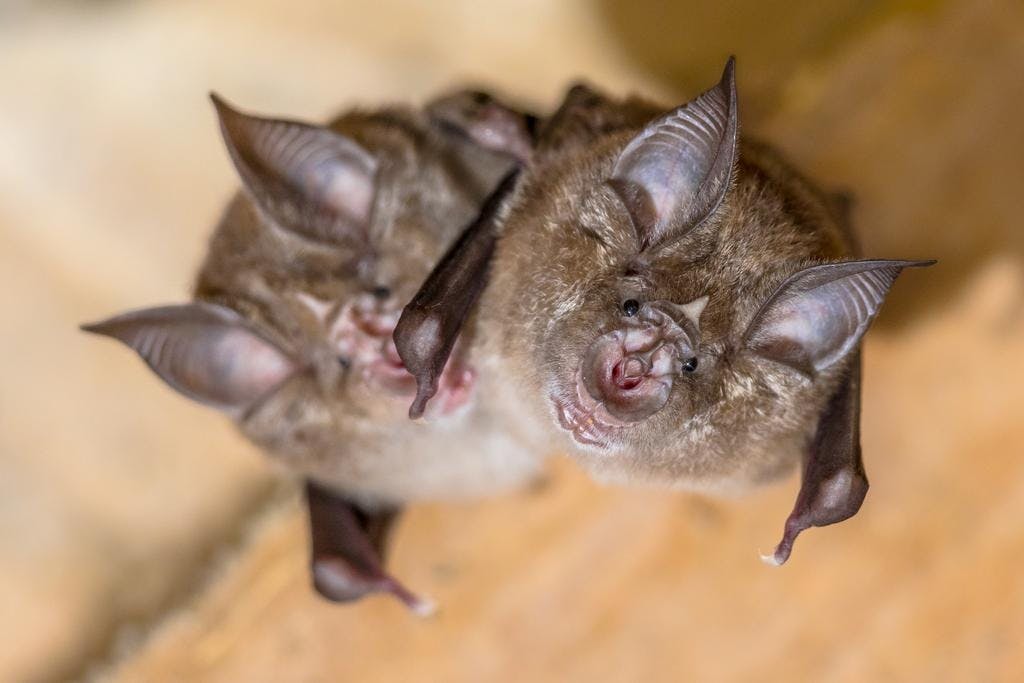
Bats
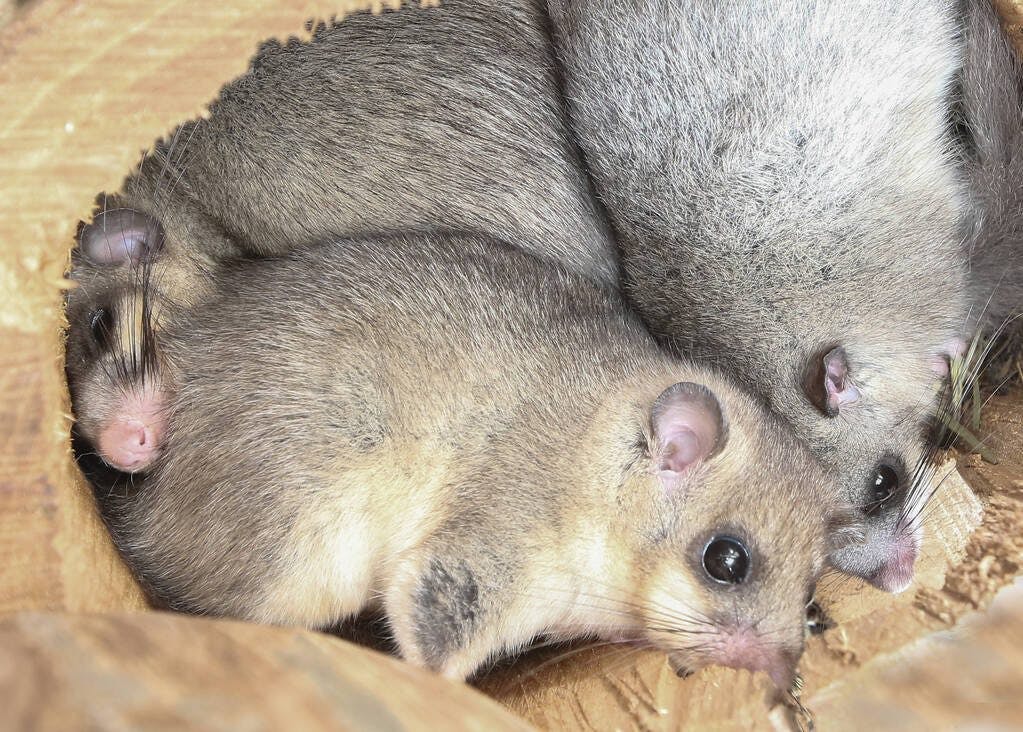
European Fat/Edible Dormouse
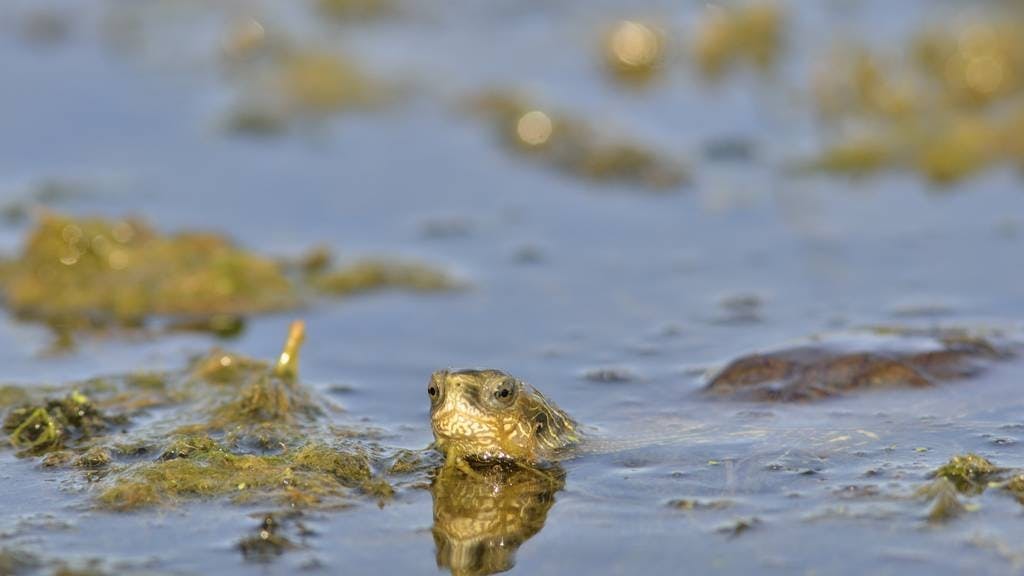
The Balkan Terrapin or Western Caspian Terrapin (Mauremys Rivulata)
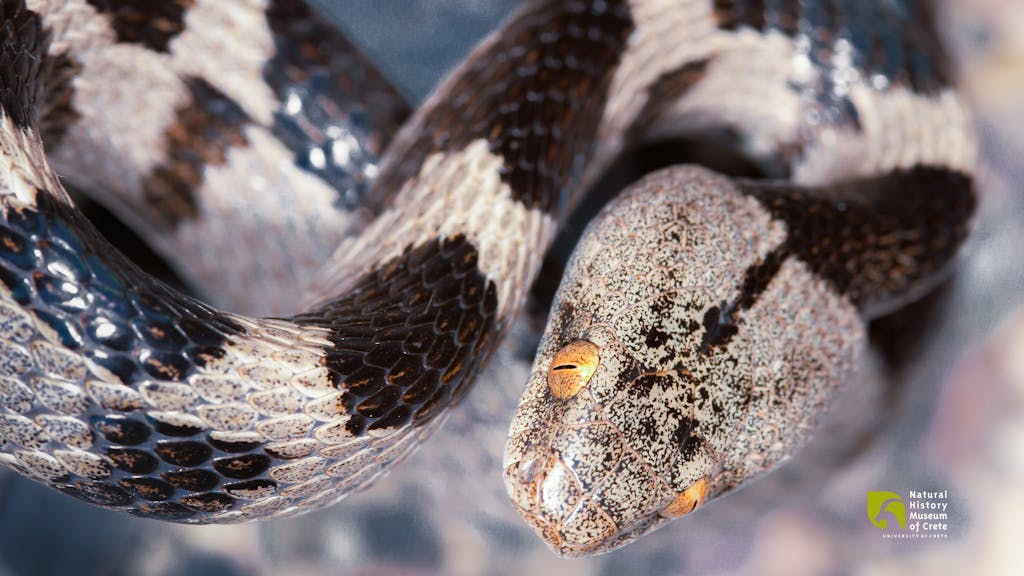
Cat Snake
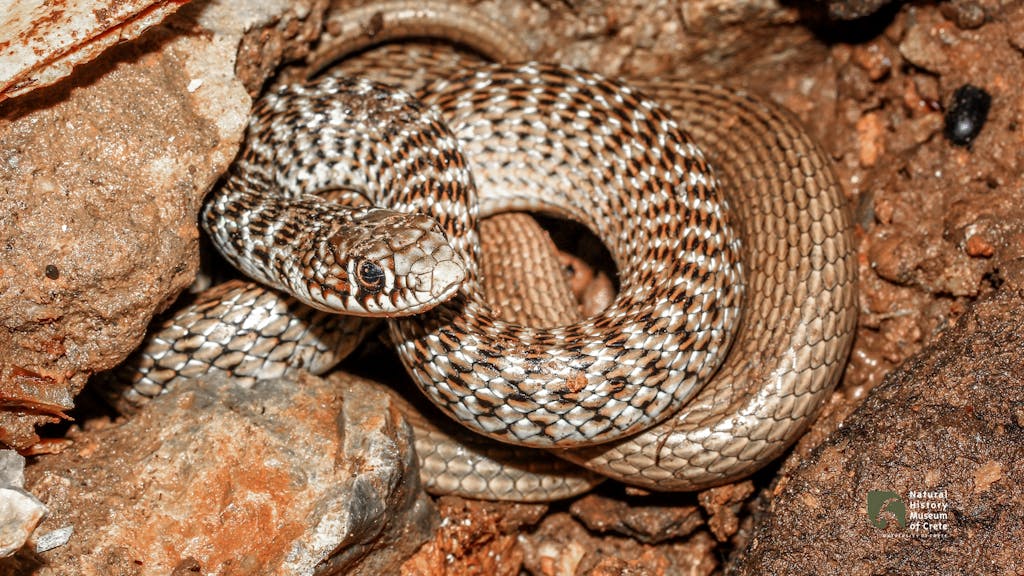
Balkan Whip Snake
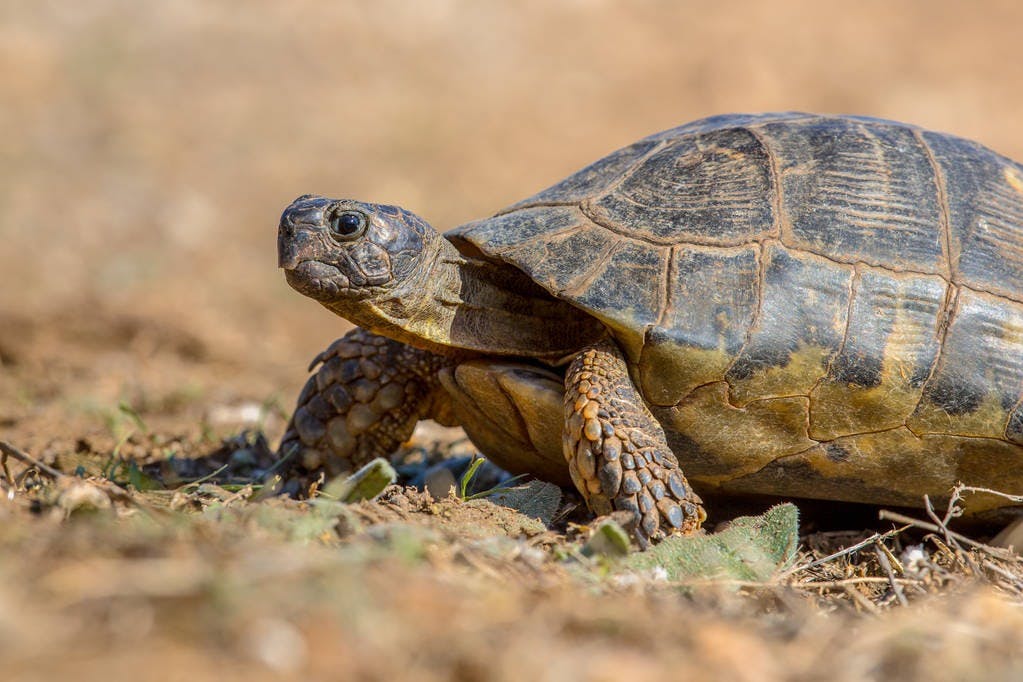
Marginated Tortoise (Testudo marginata)
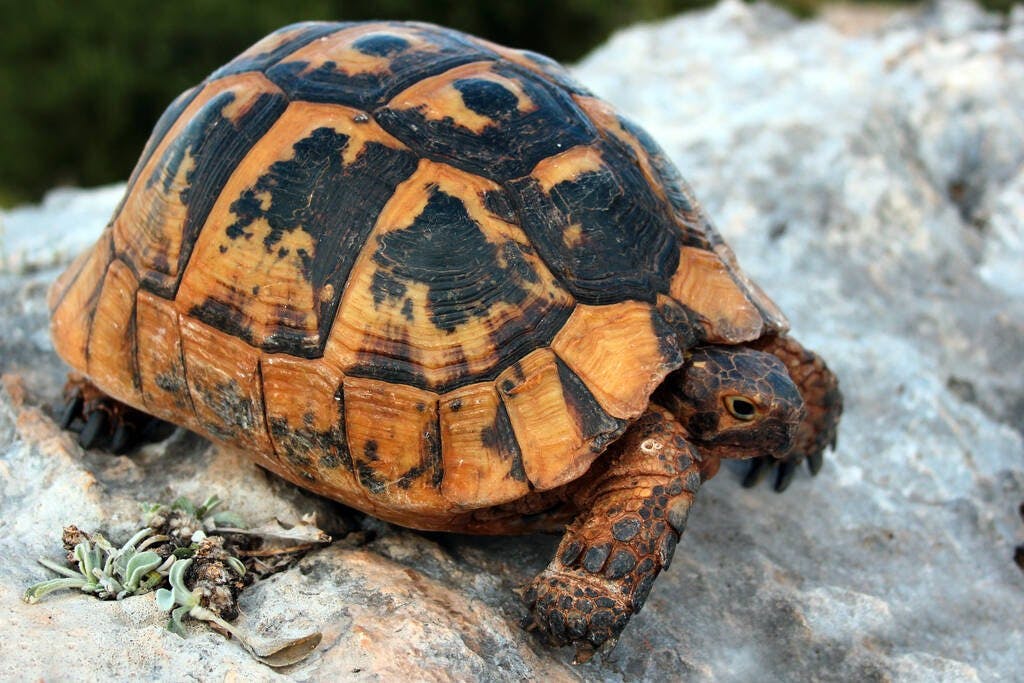
Greek turtle
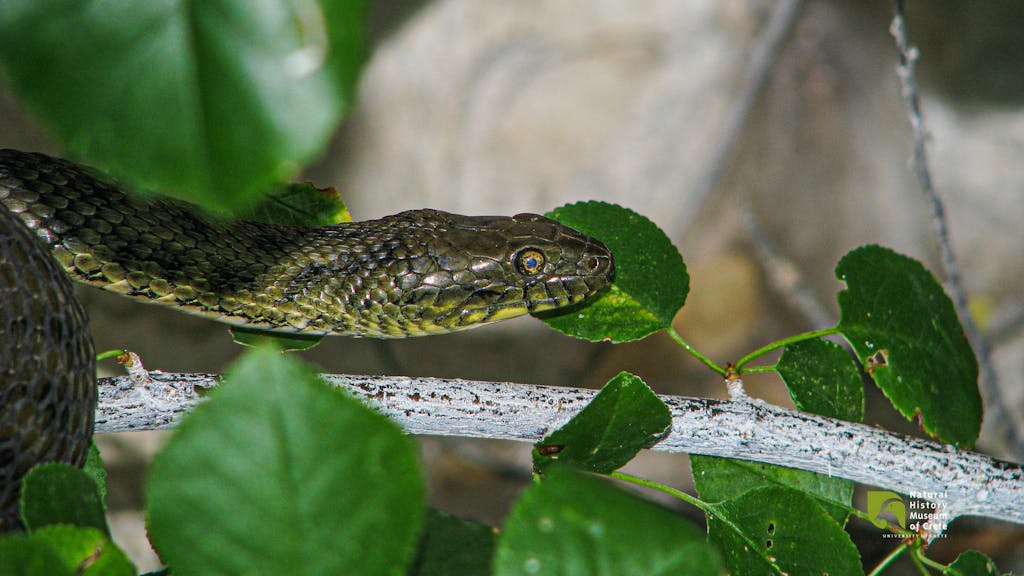
Water Snake
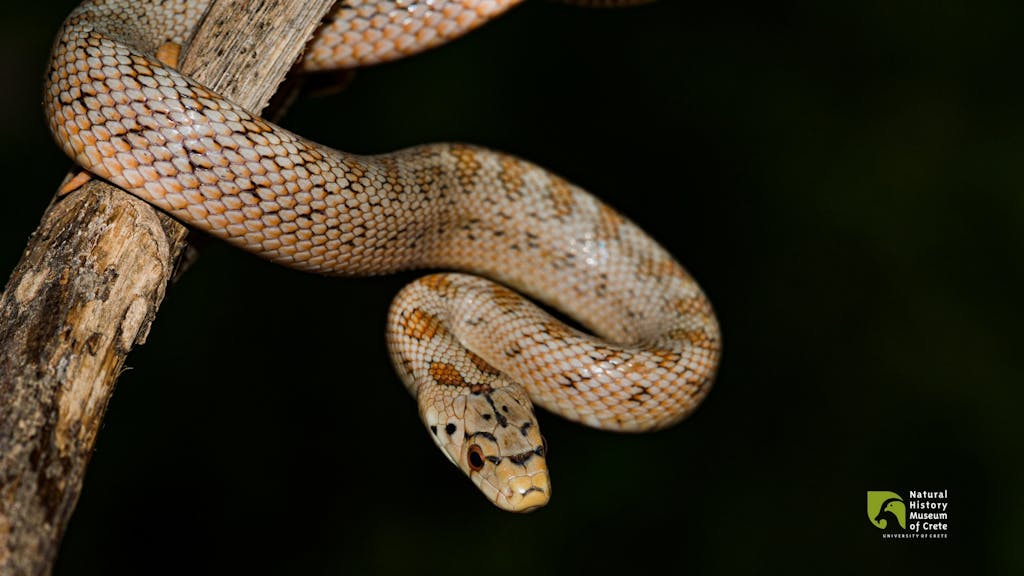
European Ratsnake or Leopard Snake
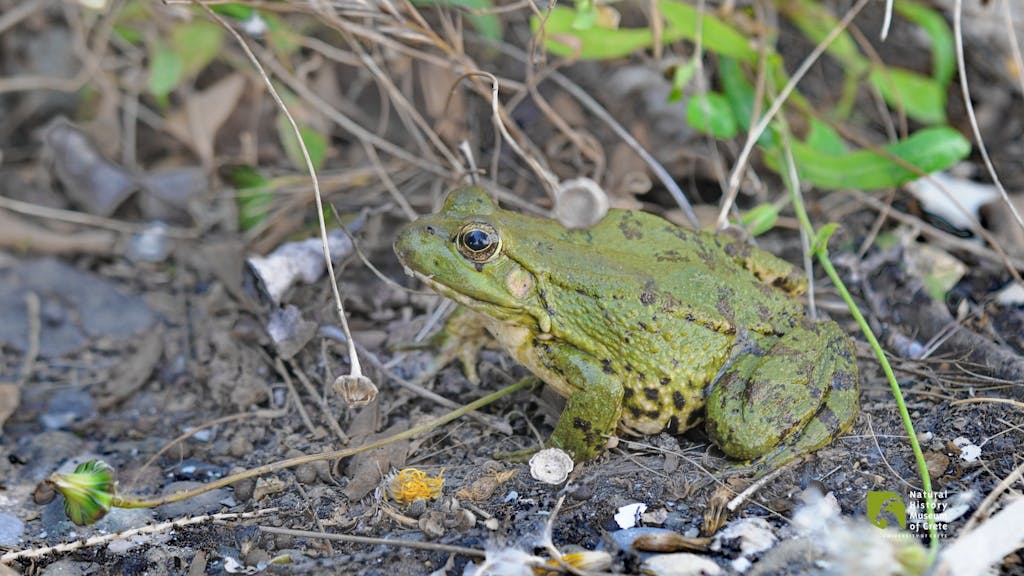
The Bullfrog
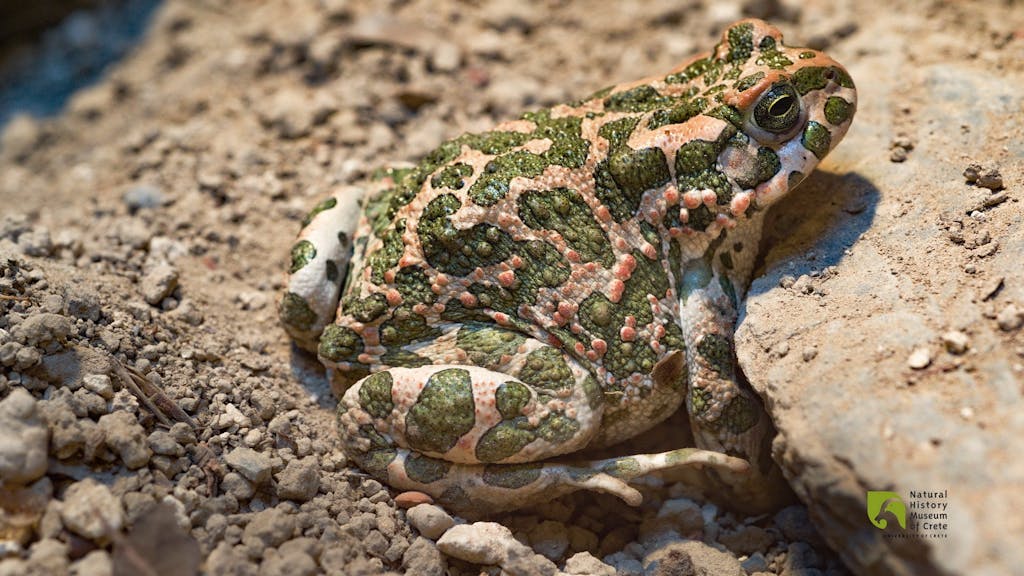
The European Green Toad
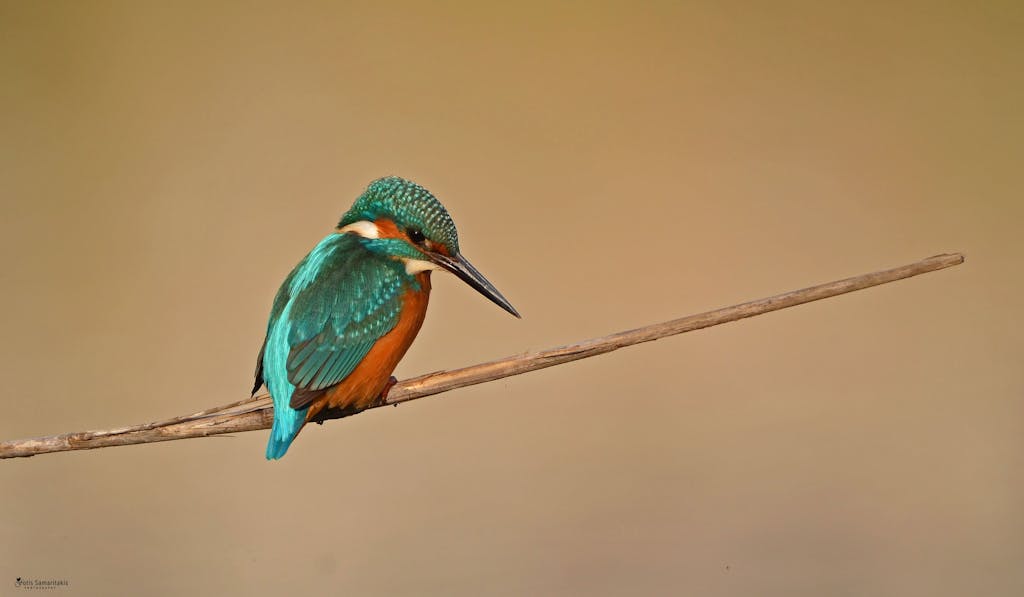
Common Kingfisher
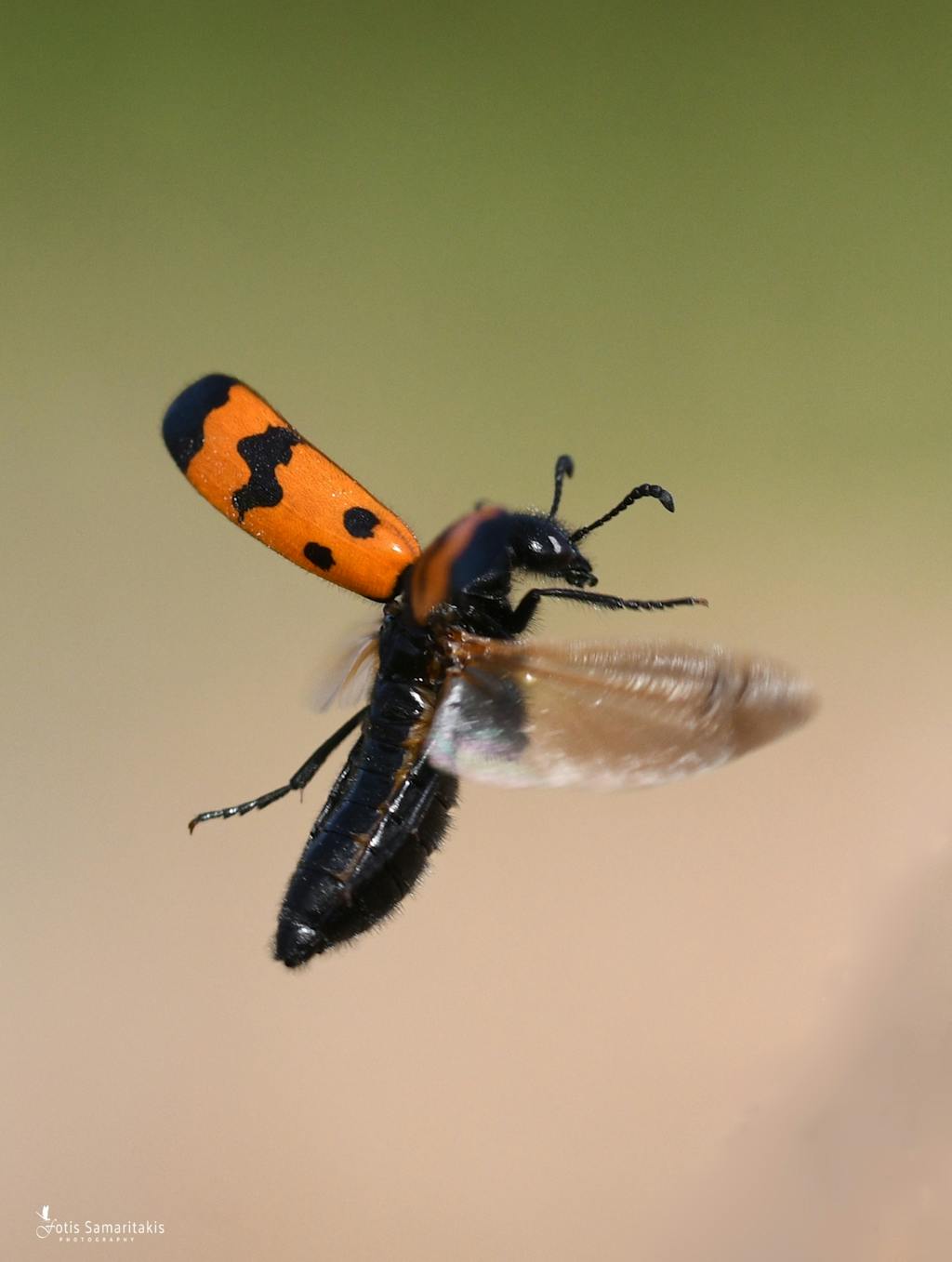
Coleoptera
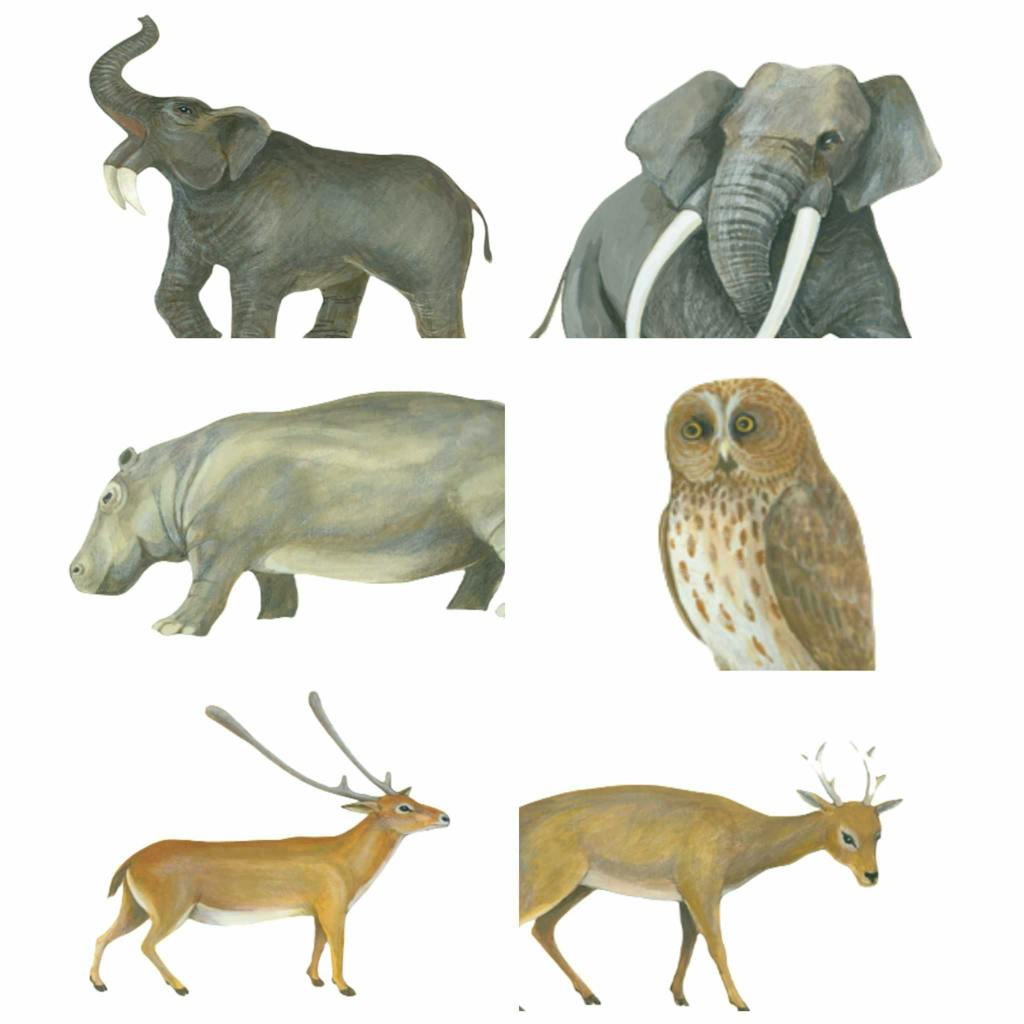
Fossil Vertebrates of Crete
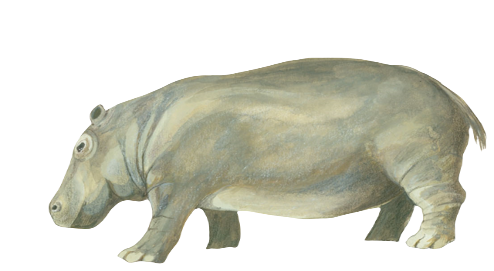
Hippopotamus creutzburgi
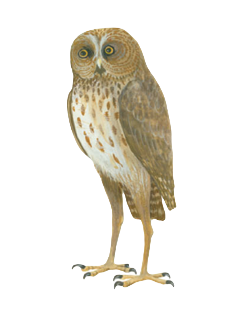
Athene cretensis

Elephas chaniensis
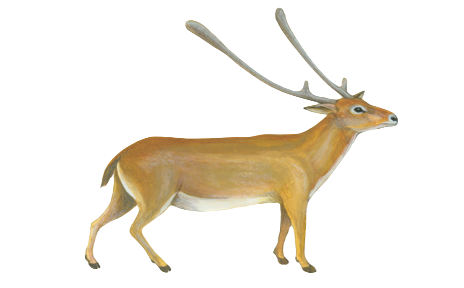
Endemic Pleistocene mammals
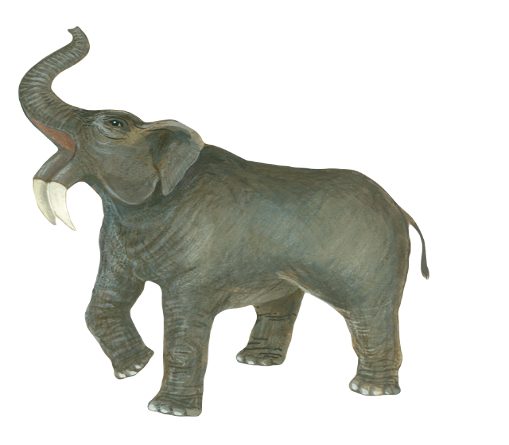
Deinotherium giganteum
